20 tips to help your houseplants survive the winter
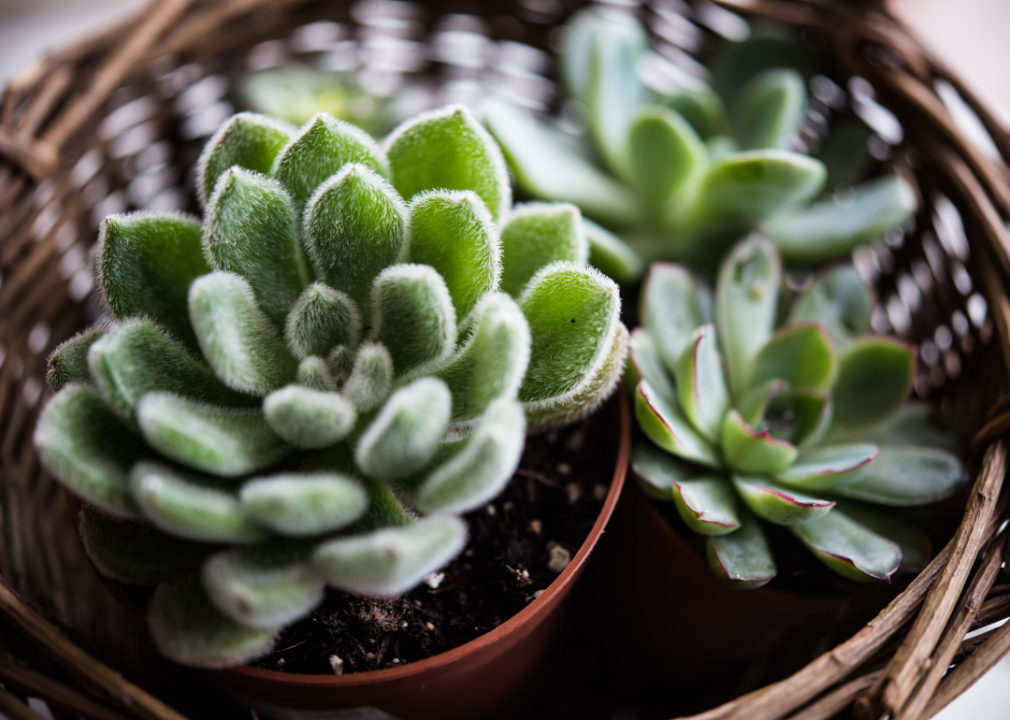
Canva
20 tips to help your houseplants survive the winter
It may seem like winter is nothing but a death sentence for your beloved houseplants, but the coldest months are simply the time to use more specialized plant care. Far from being a period of inactivity or failed household foliage, winter can still be a healthy time for your plants. Winter even has the potential to bring out the most vibrant colors and blooms of the entire year for some plant species, including camellias, winter jasmines, and many types of witch hazel.
During winter, many plants undergo dormancy, in which they are still alive but suspend the growing processes. Different plant species employ a variety of genetic adaptations designed to maintain health against the dropping temperatures and lack of sunlight. For instance, seeds from plants native to colder climates spend the winter metabolizing to prepare for spring. Photosynthesis and respiration both slow down for many plants, minimizing the amount of sugar the plants have to metabolize in the cold. A plant shedding its leaves is also strategic, as doing so allows for nutrient conservation.
Eventually, once temperatures rise again, plants will know to end their dormancy periods. This is largely due to plants’ “temperature memories,” which enable them to keep track of interactions between proteins and measure time and temperature to deduce when spring has arrived.
Of course, even if your plants have their own methods of fending for themselves against the harsh elements of winter, a little specialized cold-weather care can go a long way, too. Stacker used a variety of home and gardening resources to compile a list of 20 tips to help you better care for your houseplants in the winter. They vary from techniques to manipulate light and heat to watering, cleaning, and potting methods that can keep the cold from getting the better of your plants. It should be kept in mind, however, that these tips are largely generalized; the specific needs of plants differ based on their species and origins. It’s always important to research each particular plant type beforehand.
Read on to learn how to best care for your indoor plants through the year’s coldest months.
You may also like: 50 flowers that bloom in winter
![]()
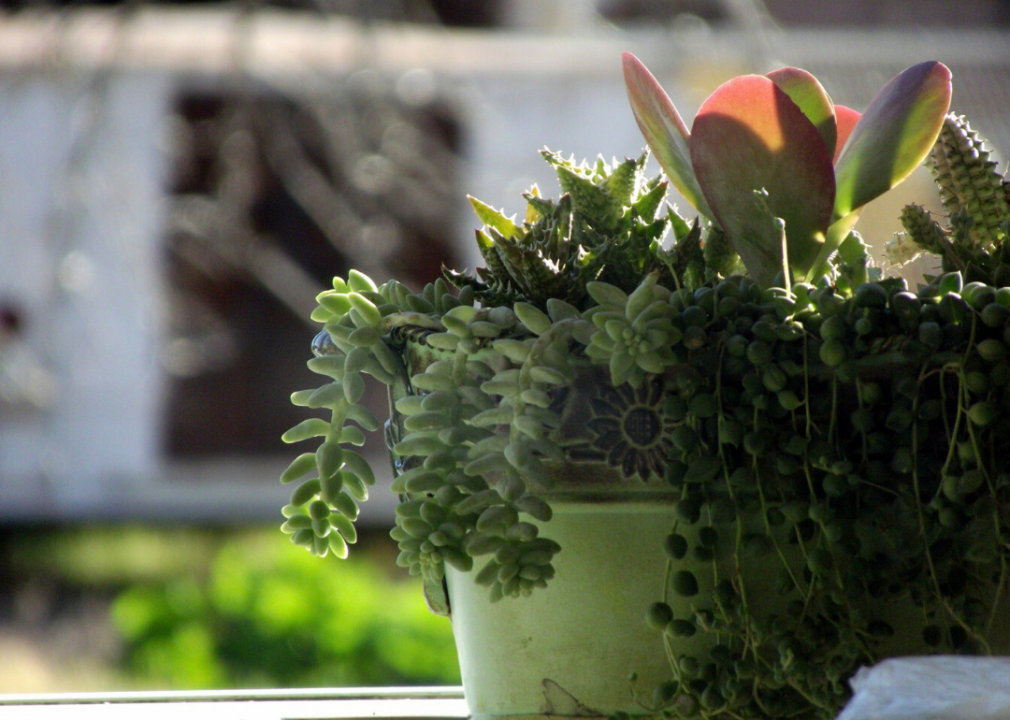
Pixabay
Make up for lost sunlight
One of the biggest threats to your plants’ well-being during winter is a lack of sunlight. To compensate for this, put your plants in a nice, bright spot to make the most of daylight hours—however short they may be. If you can, rotate your plants throughout the day to guarantee that each side gets its fair share of rays.
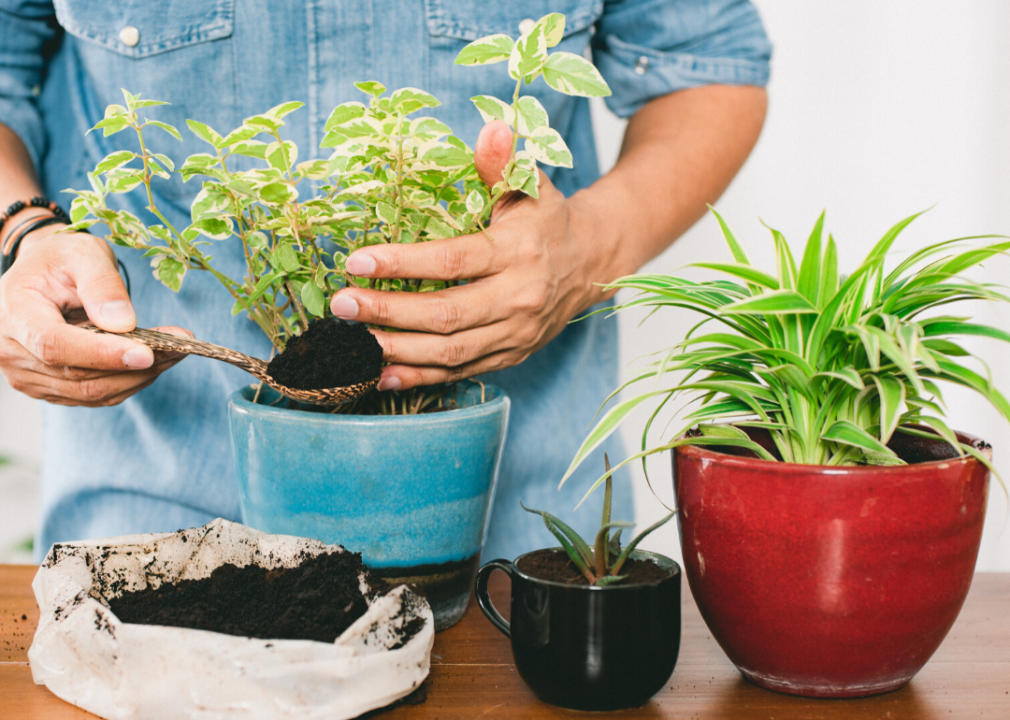
Nor Gal // Shutterstock
Ease up on fertilizer
Winter is a hibernation period for many plants, and they require a lot less fertilizer than in the spring—and sometimes none at all. Check the specific requirements for each type of plant you have, but mostly, you’ll want to hold off—or at least cut back—on fertilizing plants during the winter since they’re not actively growing.
You may also like: The best streaming services in 2021
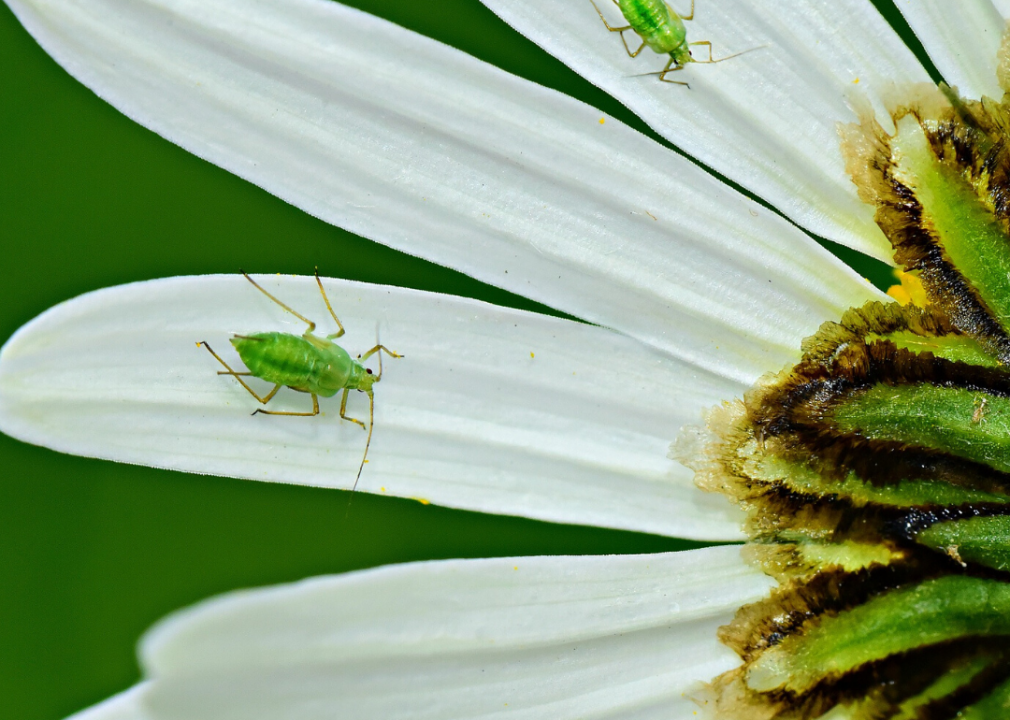
Pixabay
Be on the lookout for pests
Certain pests spring to life during the winter, targeting indoor plants in particular. Keep a careful eye on your houseplants to make sure they aren’t infested. If you find bugs like aphids or mites on your plants, isolate infested plants and treat them with pesticide or a gentle dish soap solution.
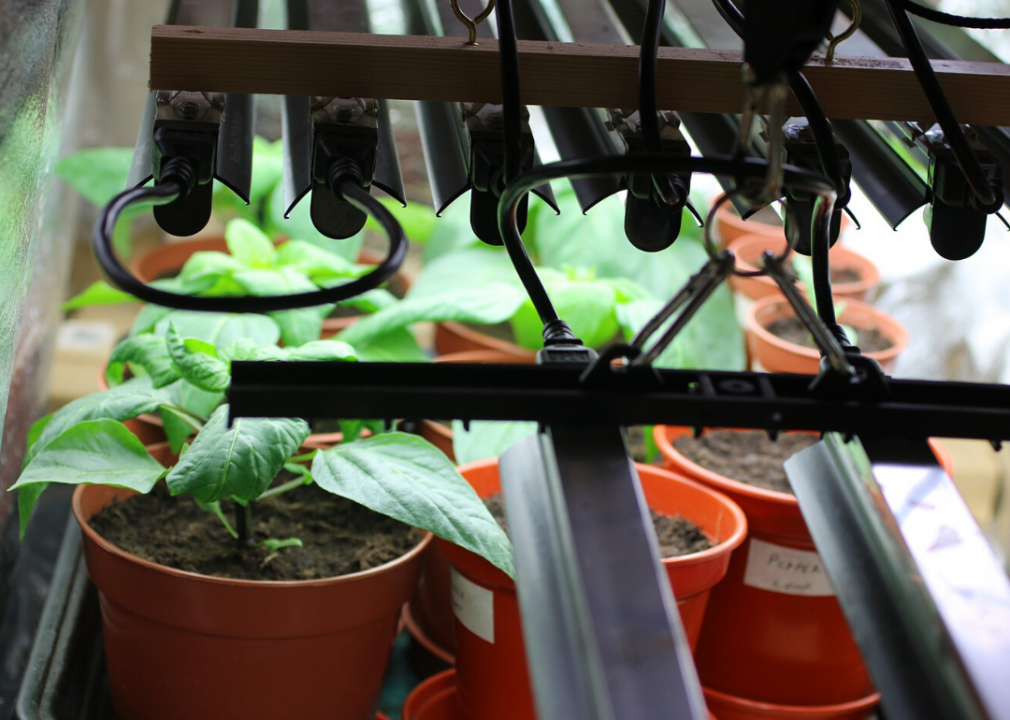
Pixabay
Use a grow light on dark days
Some winter days are so short and overcast, the sun barely peeks out at all. To make sure your plants still get the light they need, use an LED grow light—or, as a cheaper option, screw a full-spectrum light bulb into a nearby lamp—to illuminate the leaves and keep them healthy.
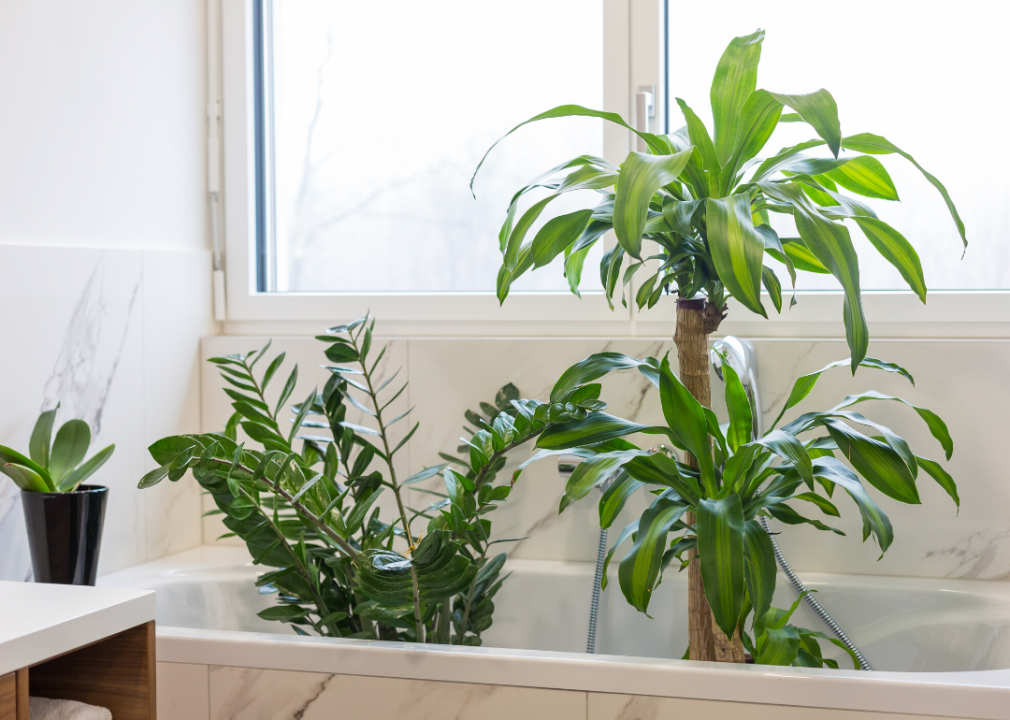
JRP Studio // Shutterstock
Be mindful of vacation care
Many of us travel during the winter holidays, but definitely make sure to not leave your plants out in the cold when you do. Water as normal before leaving, but then consider placing your plants in the bathtub together so they can take advantage of a slightly more humid atmosphere while you’re gone. For longer trips, consider having someone come by and care for the plants in your stead.
You may also like: 10 toxic cleaning products and their natural alternatives

André Hofmeister // Flickr
Wash your windows
Placing your plants in front of a sunny window won’t do much good if the window is too dusty or grimy to let the sun’s nutrients in. Wash your windows on both sides so the maximum amount of sunlight is getting in.
You may also like: The best streaming services for sports in 2021
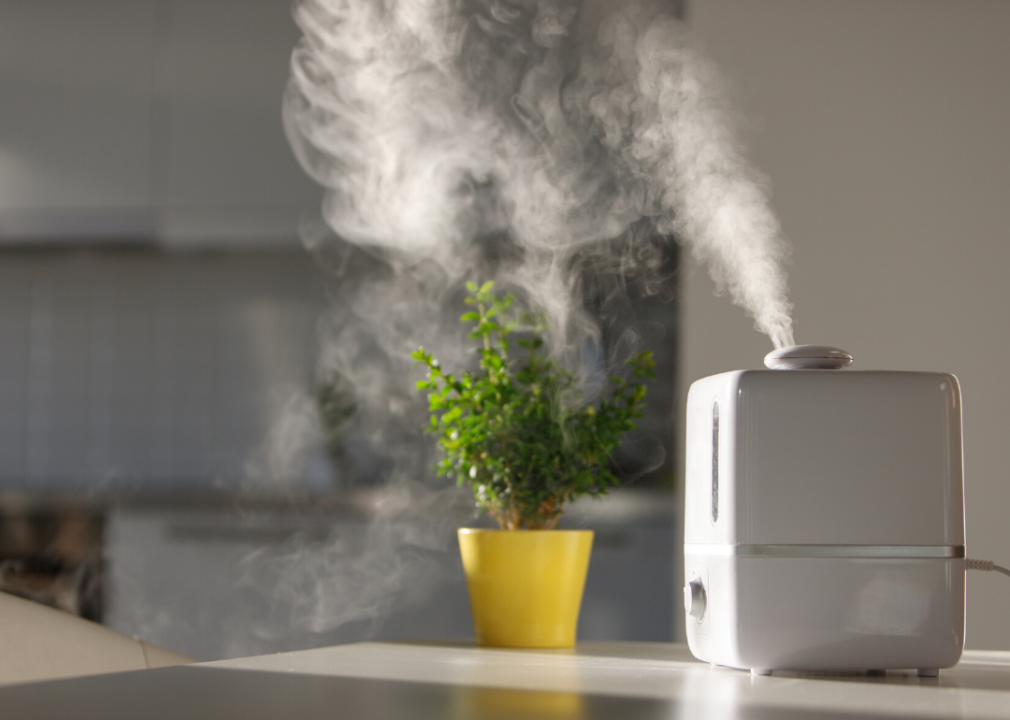
Dima Berlin // Shutterstock
Pay attention to humidity levels
Winter is notoriously dry, and your houseplants may suffer from the lack of moisture in the air. To keep things just humid enough, consider buying a humidifier to keep the atmosphere just right.
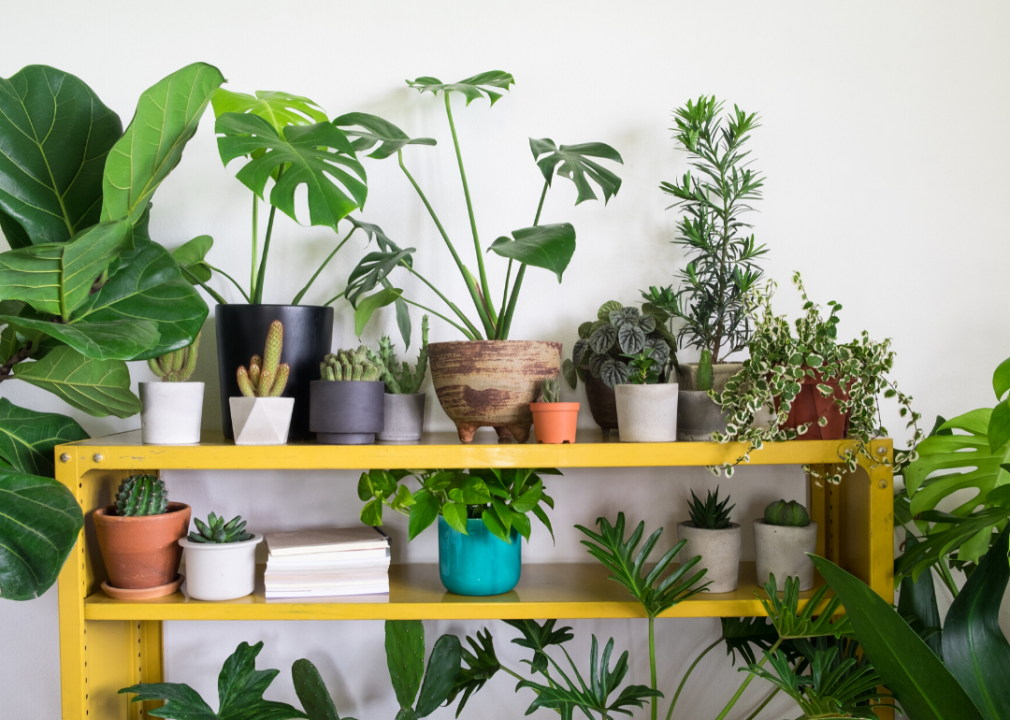
rattiya lamrod // Shutterstock
Keep your plants together
There’s power in numbers, and clustering your plants together during the winter can help them share nutrients and moisture. There are many easy DIY fixes to accomplish this, including moving your plants onto a large plate or building them a nice indoor window box to act as a kind of seasonal co-living space for them.
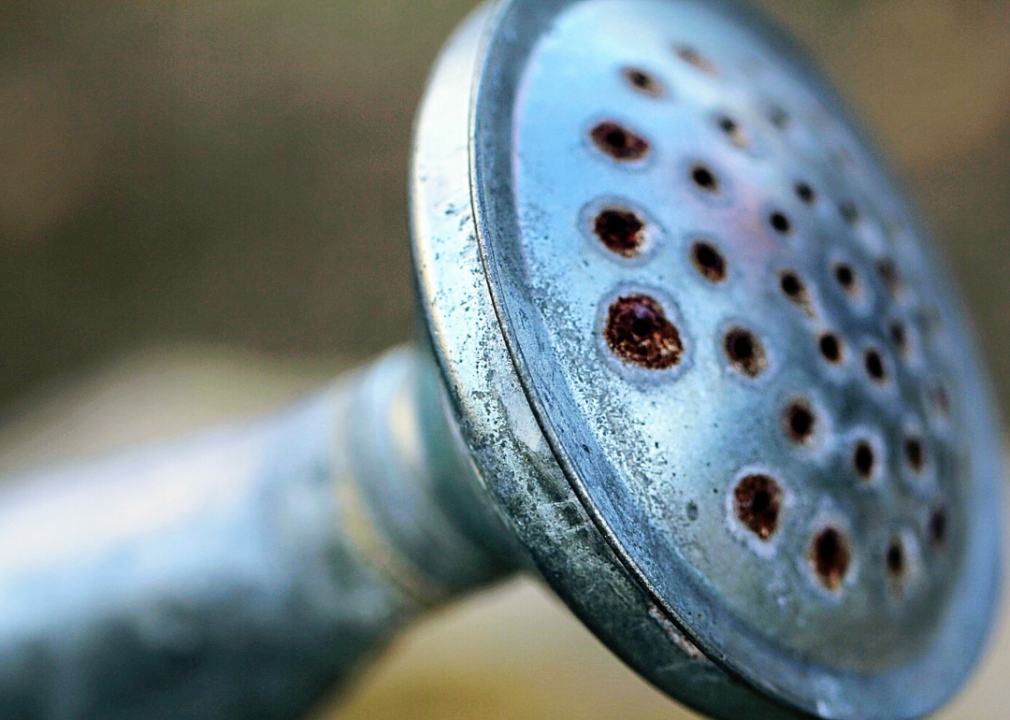
Pixabay
Don’t water at summer rates
Just like fertilizer, plants need a lot less water in winter. Cut back on the amount you water your plants—to gauge if you’re giving them the right amount, place a finger about an inch or two deep into the soil and see if the soil below the surface is still wet. Even if the topsoil is dry, you won’t need to water the plant again until the soil a little deeper down is also getting there.
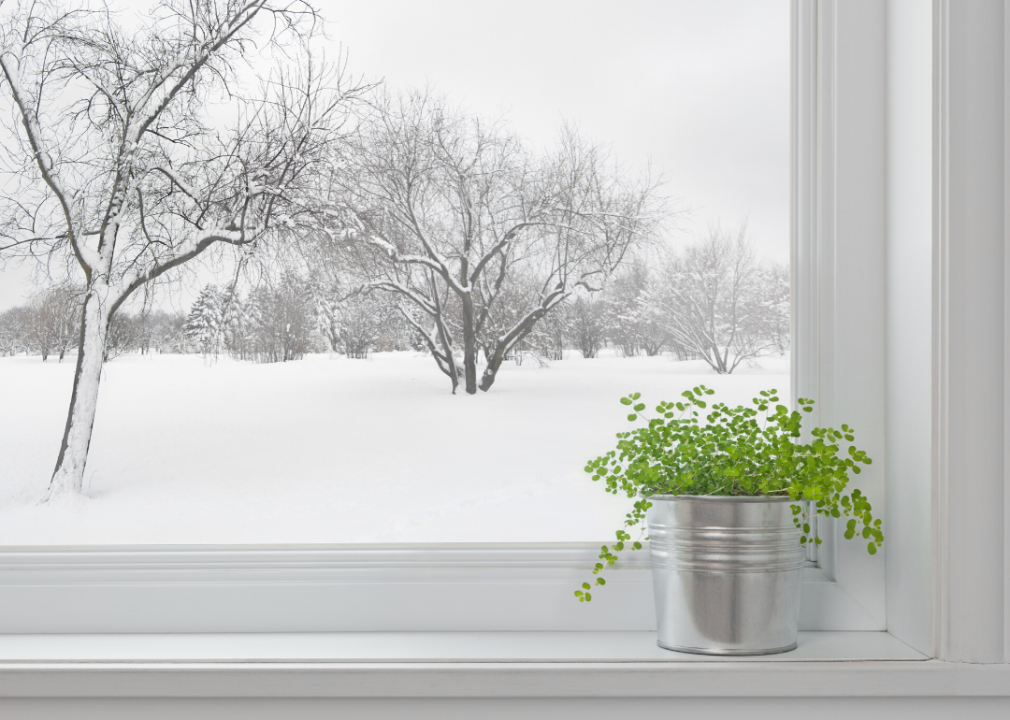
Studio Light and Shade // Shutterstock
Avoid cold air sneaking in
Drafts, breezes, and gusts of wind all need to be watched out for in the winter. To keep your plants from falling victim to sudden changes in temperature, position them away from vents, windows, doors, or other spots where air can slip through from outside.

Pixabay
Evade sources of overheating
It’s natural to want to protect your plants from the excess cold by turning up the thermostat, but too much heat can be just as big a threat to them. As fireplaces, radiators, ovens, and other heating systems blaze up, make sure your plants aren’t in the line of fire.
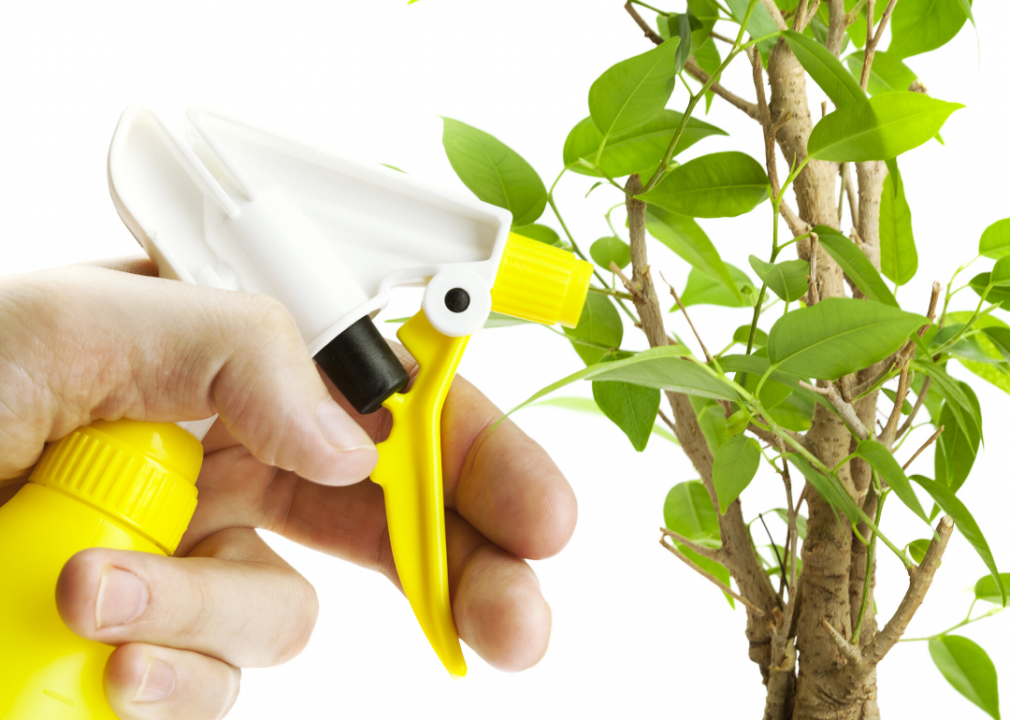
Evgeniya Uvarova // Shutterstock
Be strategic with the spray bottle
Although misting is a popular technique for giving plants a dose of moisture, there is a right way and a wrong way to go about it. Mist in the morning so they have time to soak it in throughout the day, while it’s still light out, and be sure not to neglect the bottom of your leaves.

Olivier Le Moal // Shutterstock
Maintain a constant temperature range
Between heating systems going on and off throughout the day and degrees dropping dramatically at night, temperatures fluctuate during the winter. Houseplants, however, require a steady atmosphere, so move them away from windows at night and keep them in a well-ventilated area during the day to give them as much consistency as possible.
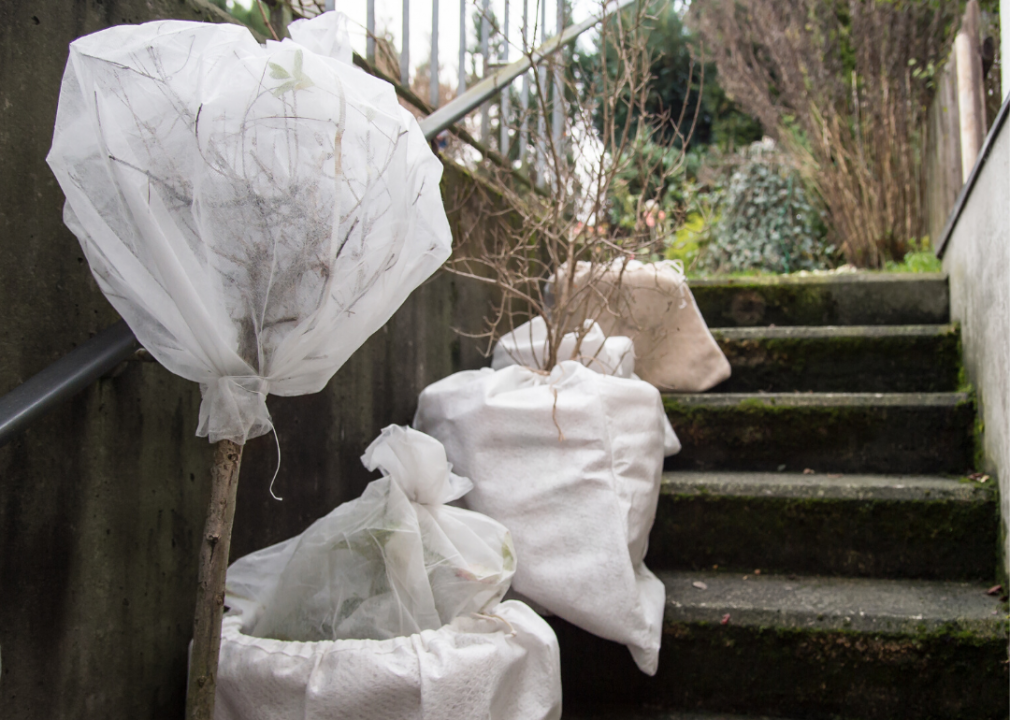
Tanja Esser // Shutterstock
Check before you bring the entire garden inside
Not all outdoor plants will need to be brought inside for winter—some, even surprisingly, may thrive outdoors during the cold months. When deciding which garden plants to move indoors for the winter, check the USDA plant hardiness zone map to see which ones are best left where they are.
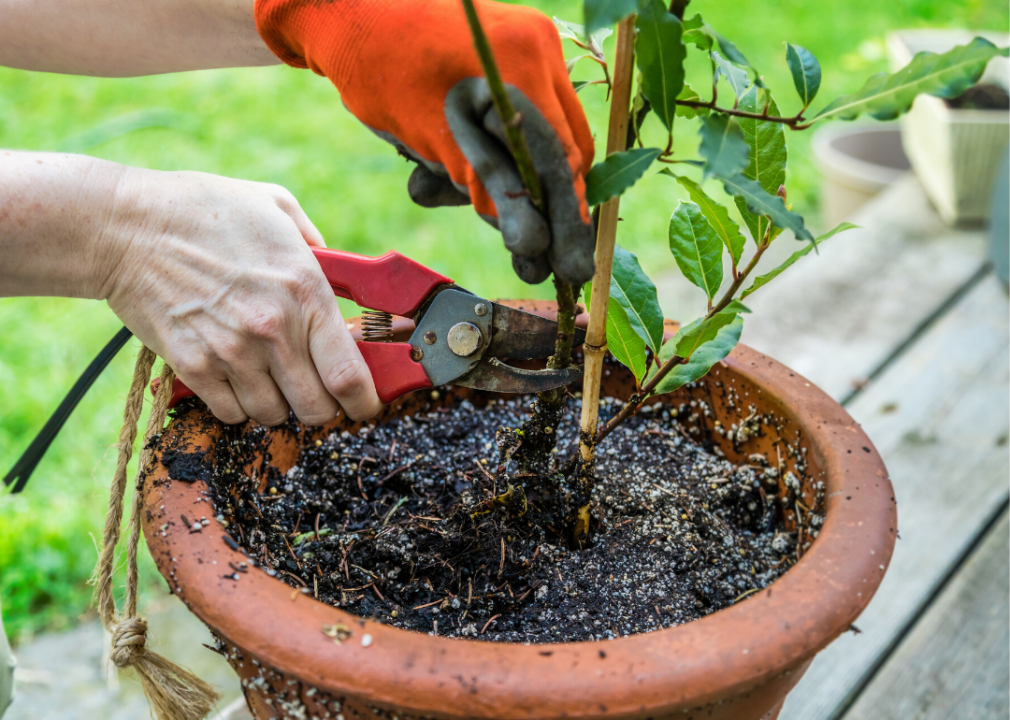
BlokPhoto // Shutterstock
Quarantine outside plants before moving them indoors
Once you determine which outdoor plants you’ll be bringing indoors for the winter, it’s best to isolate these plants for a short time before making the switch. During this period, check your plants to make sure they aren’t bringing any outside pests in with them, and use the time to prune any superfluous stems and leaves, as well. After that, they will be ready to make the move inside.
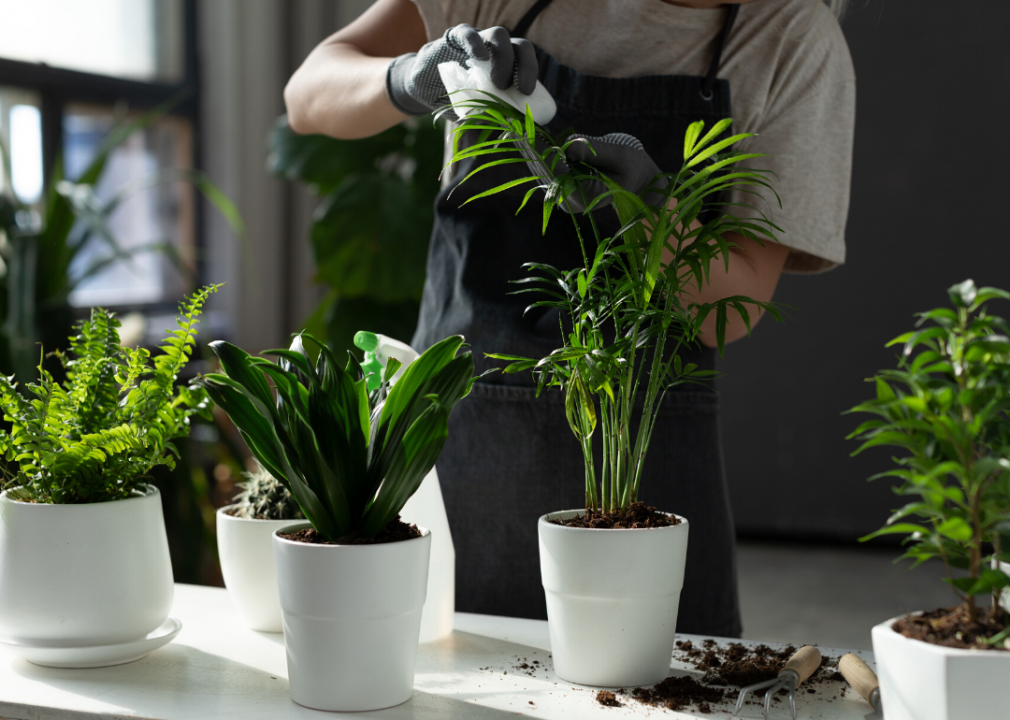
popcorner // Shutterstock
Wipe down plants to keep dust away
Many household plants accumulate dust during the winter, which can be detrimental to plant growth since that dust can block out sunlight and even carry disease. Periodically clean the leaves of your plants by gently wiping them down with a slightly wet cloth or sponge.
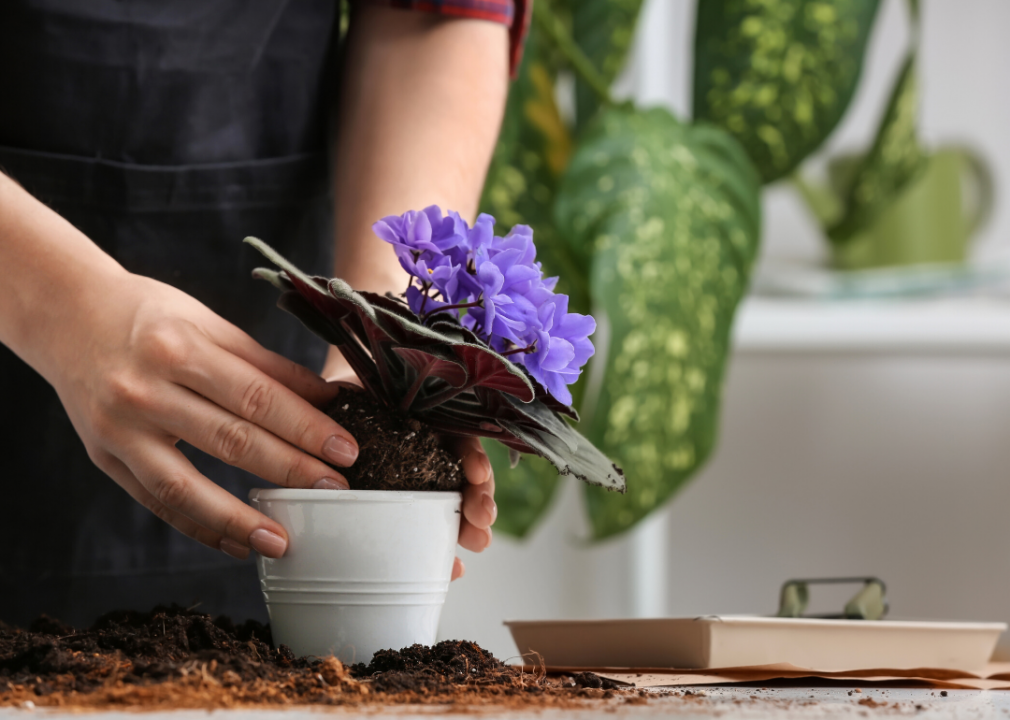
Pixel-Shot // Shutterstock
Wait until spring to repot
As previously mentioned, many plants hibernate during the winter. Since they aren’t undergoing dramatic growth, it’s unnecessary to repot them for a while, especially since the repotting process can be trying on plants and their roots, making it a hard process for them to cope with during their weaker winter months. Hold off on any winter pot switches and save the repotting for the spring.
You may also like: The best streaming services for football in 2021
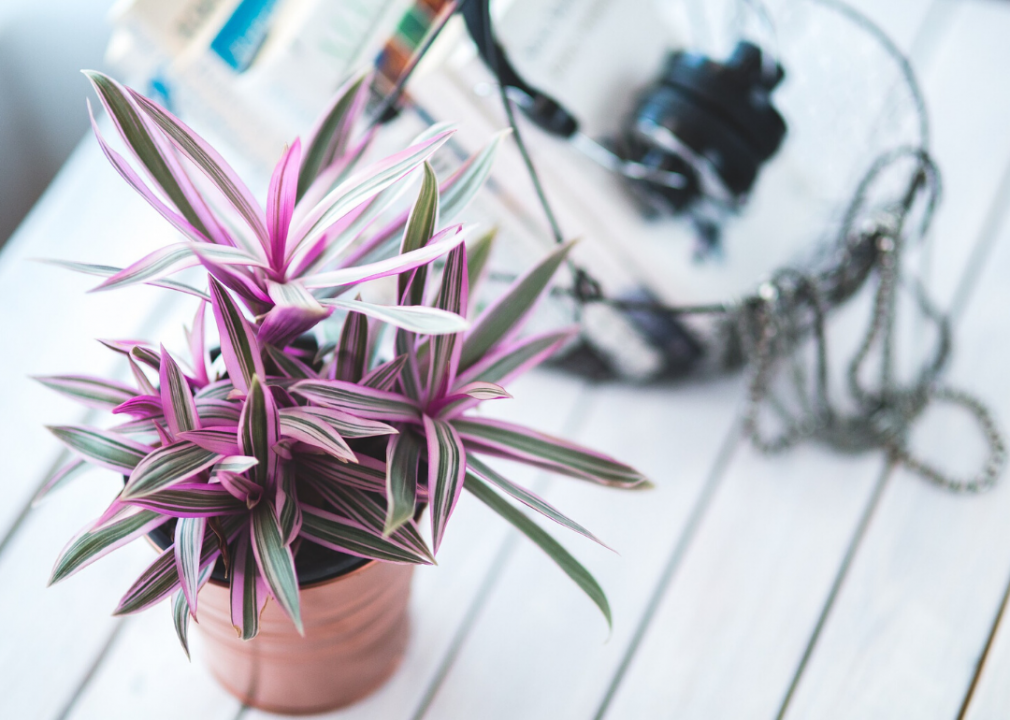
Pixabay
Inspect frequently with a watchful eye
Plant owners should keep a close eye on their indoor gardens during the tough winter months. You can do everything by the book, but if you’re not keeping tabs on how your plants are responding, you could miss warning signs that something doesn’t agree with them. Check in with your plants frequently, inspecting them for pests, spots, drying, discoloration, and any other prudent characteristics.
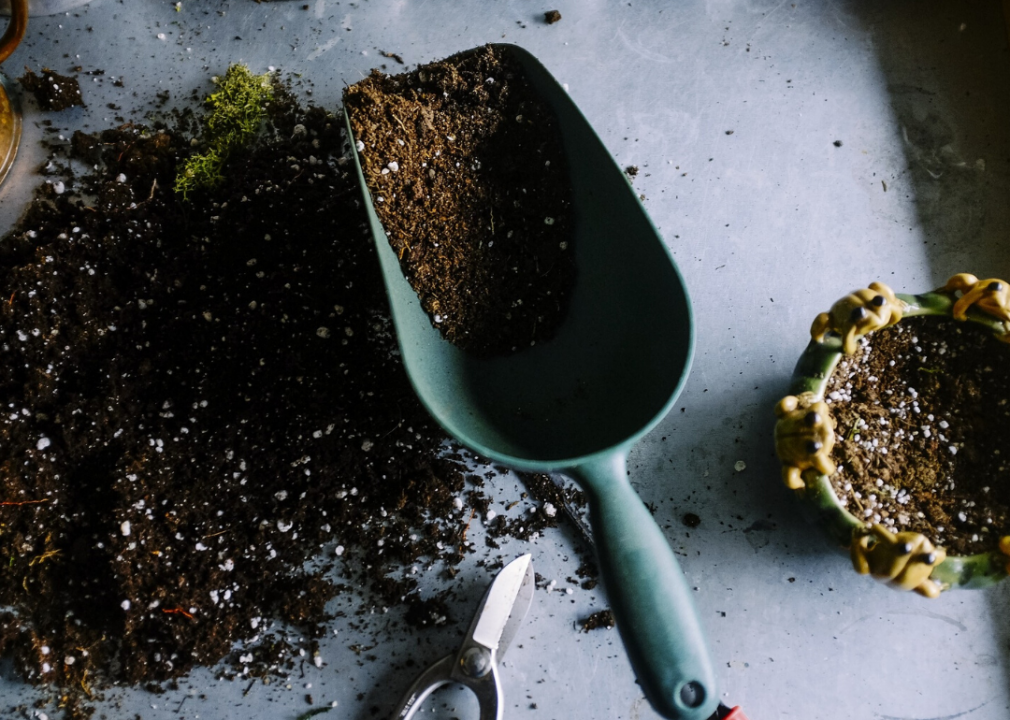
Pixabay
Refresh soil a few times per winter
Although you don’t have to repot your plants until spring, it is still good to refresh plants’ soil from time to time during the winter. This includes trimming and rustling up root balls to keep the soil breathing.
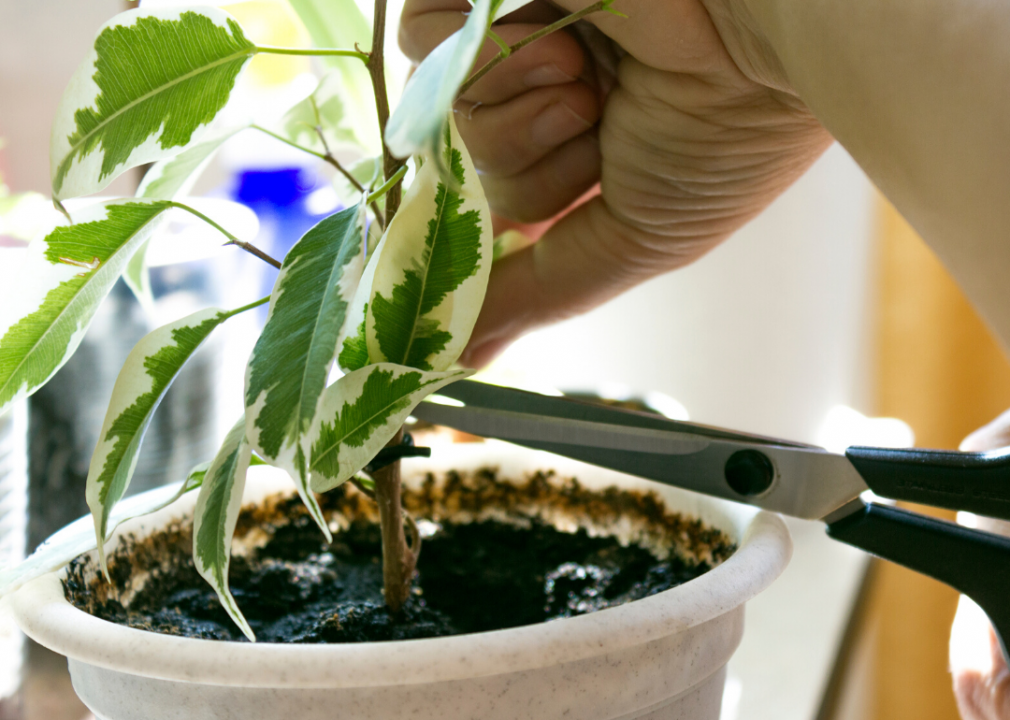
Pencil case // Shutterstock
Keep limb growth in check
Many plants can develop dead leaves or long, leggy limbs in the winter because of a lack of sunlight. Trim and prune unnecessary growths like these to keep the plants in top shape for spring.



